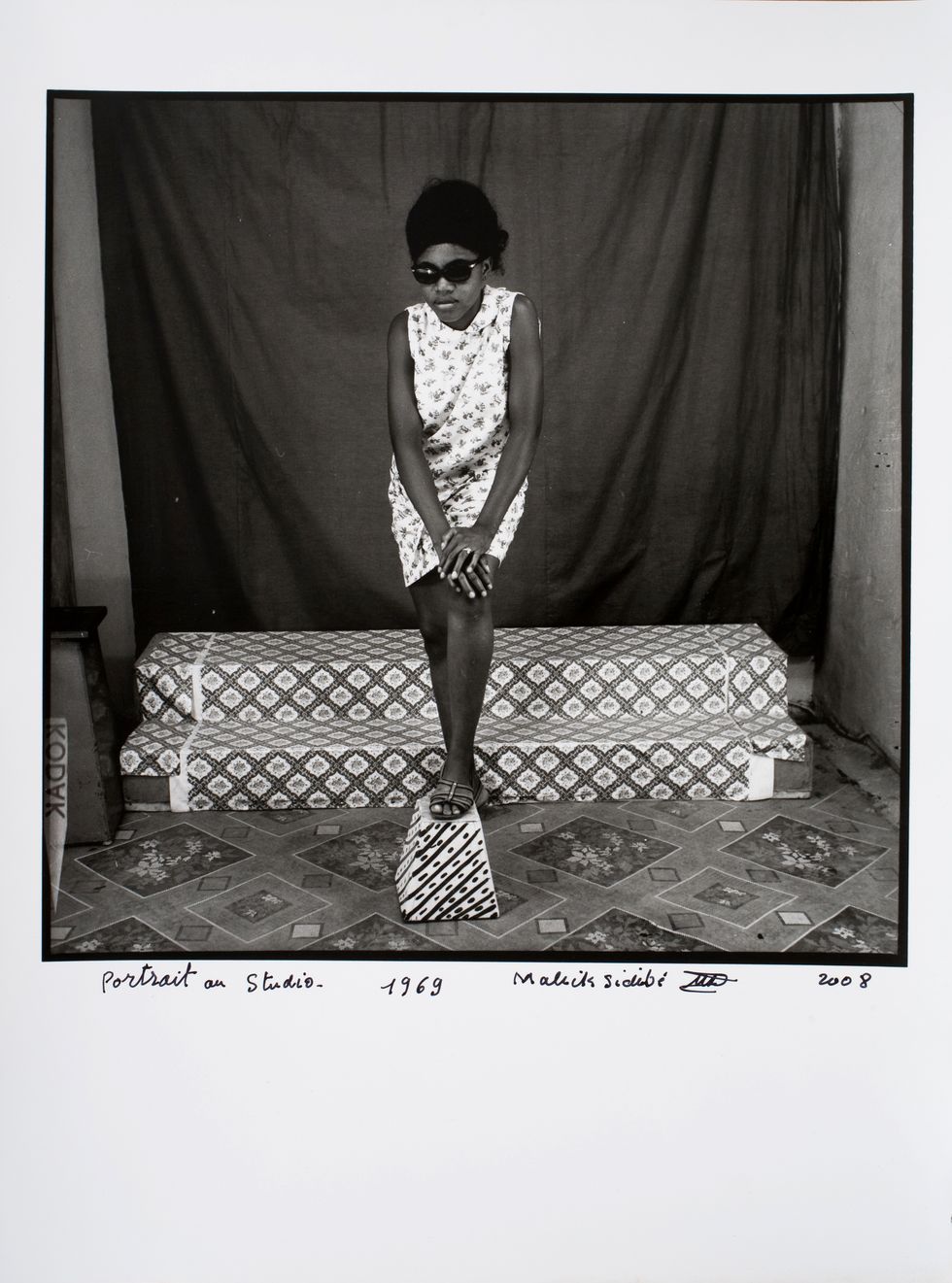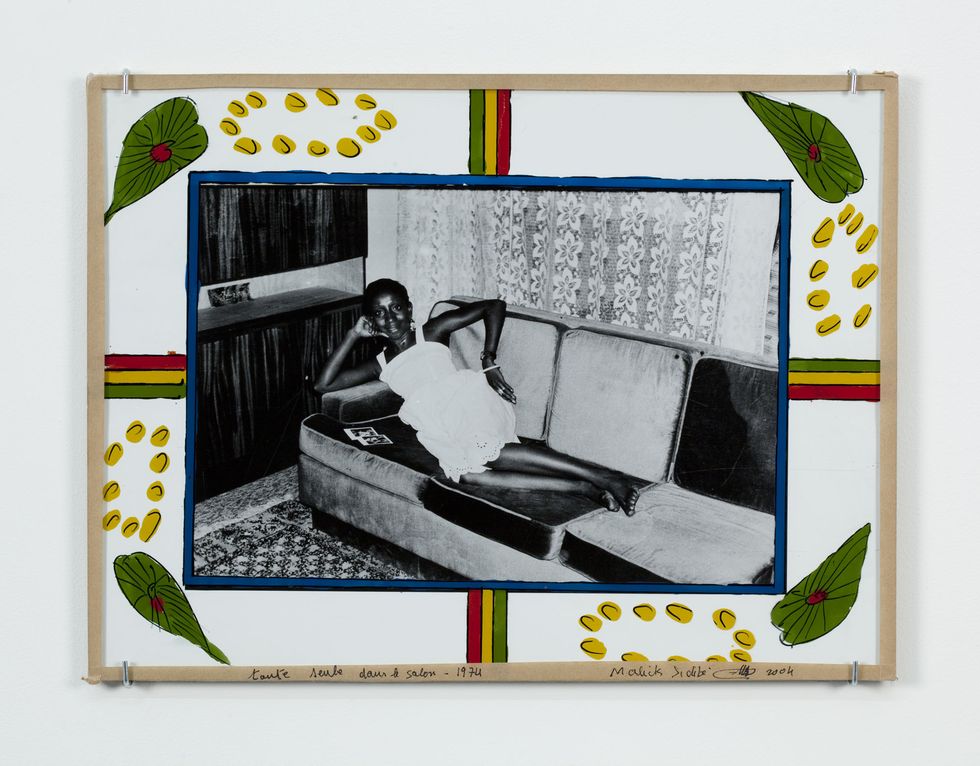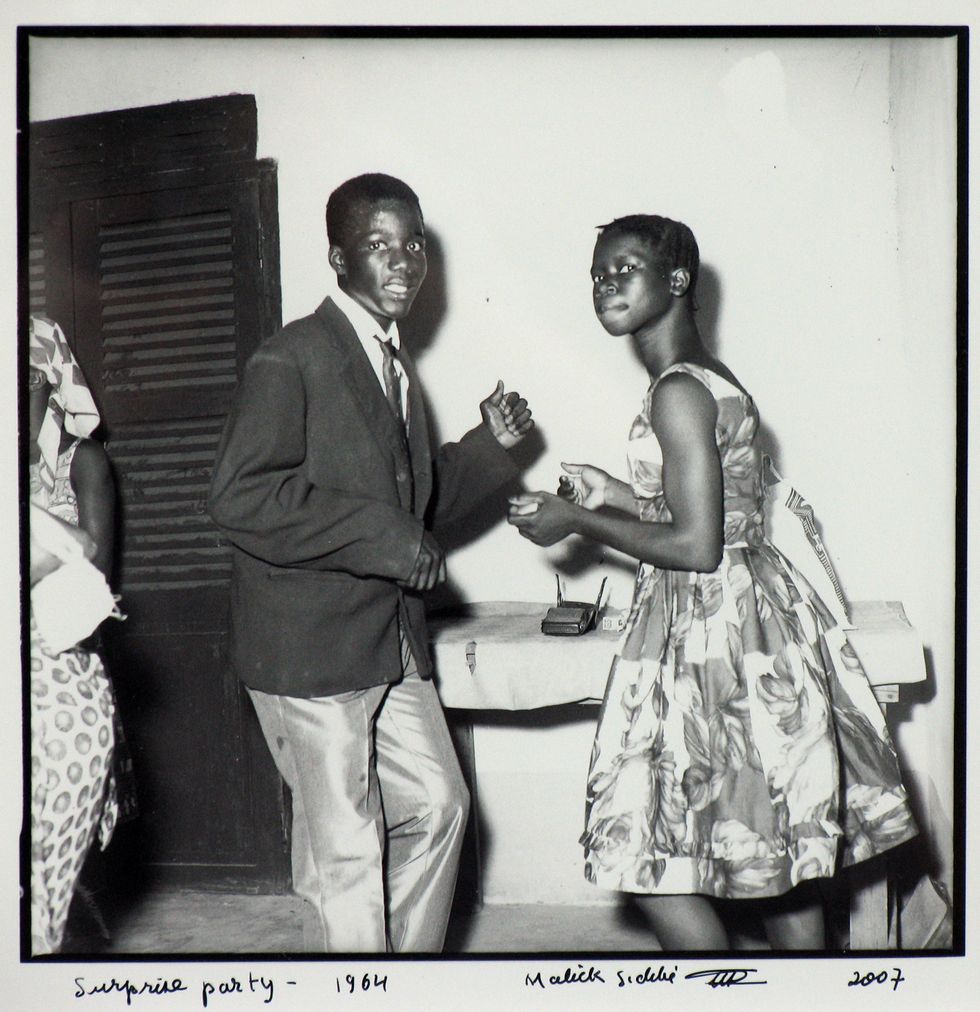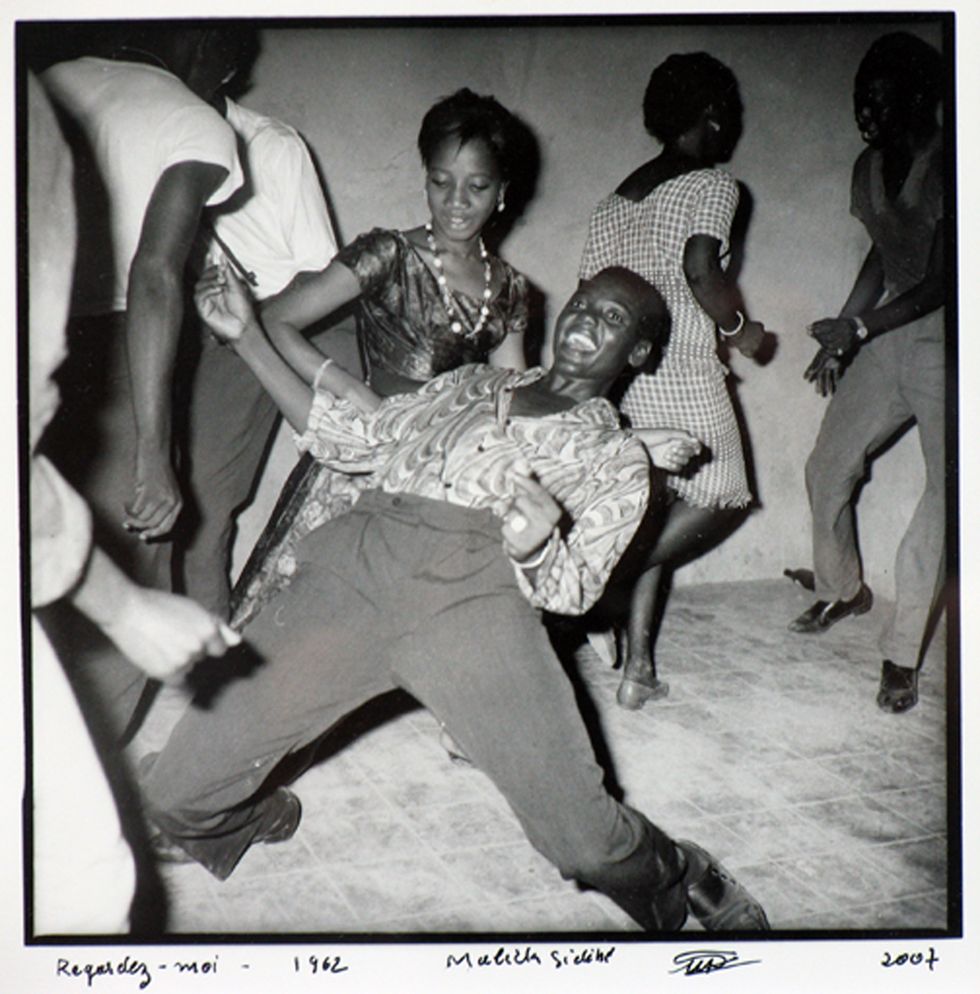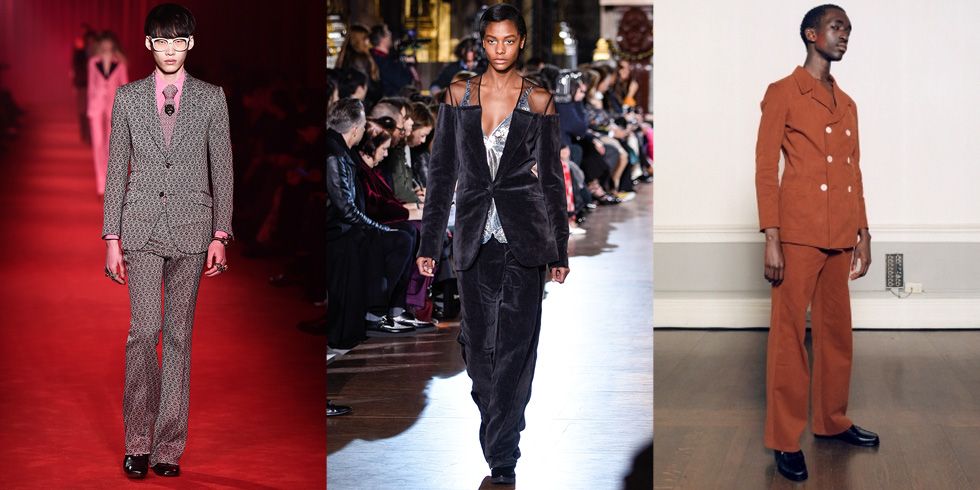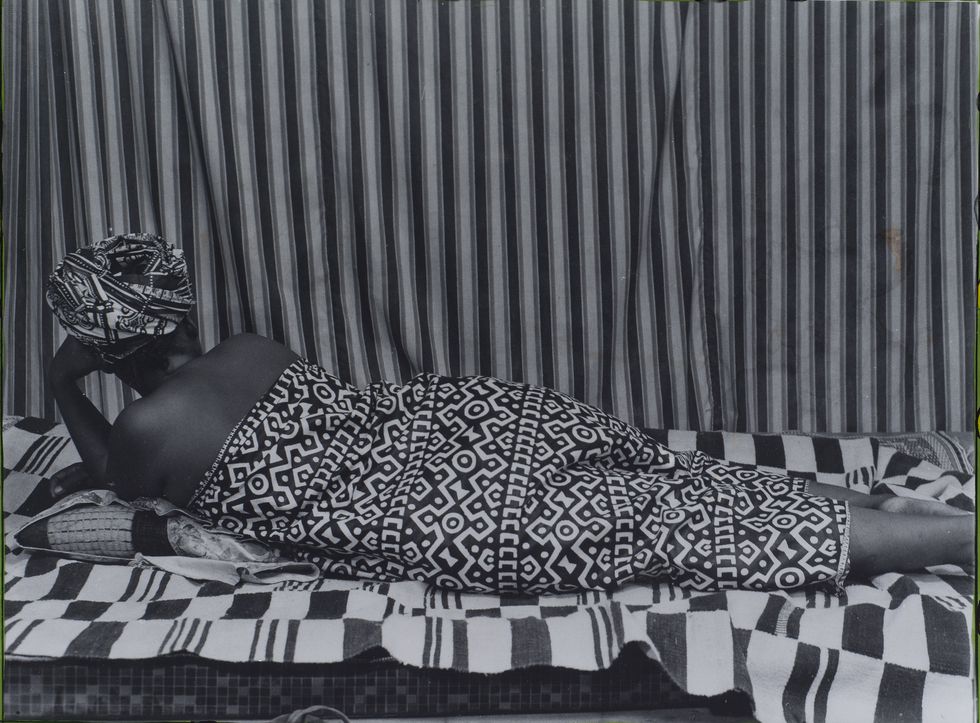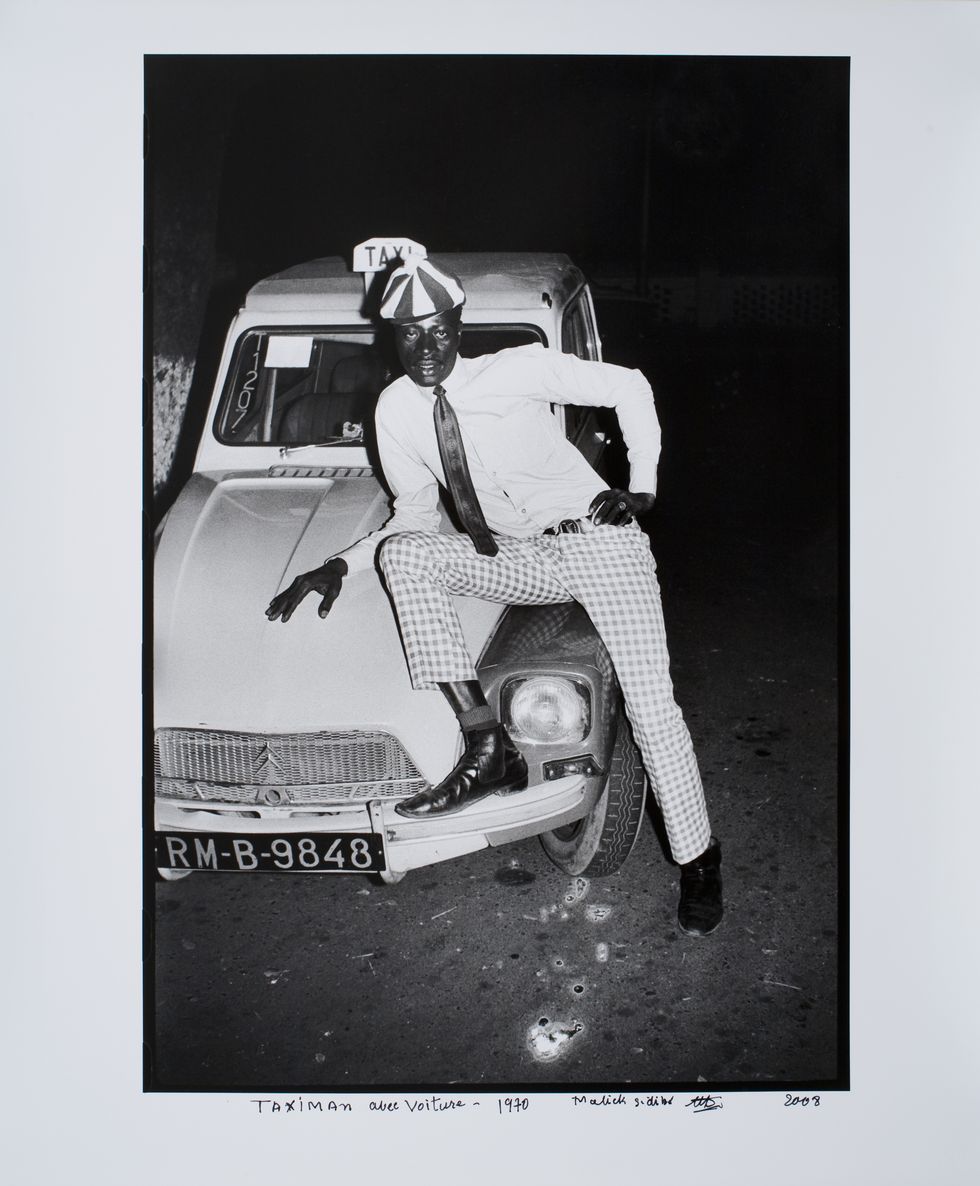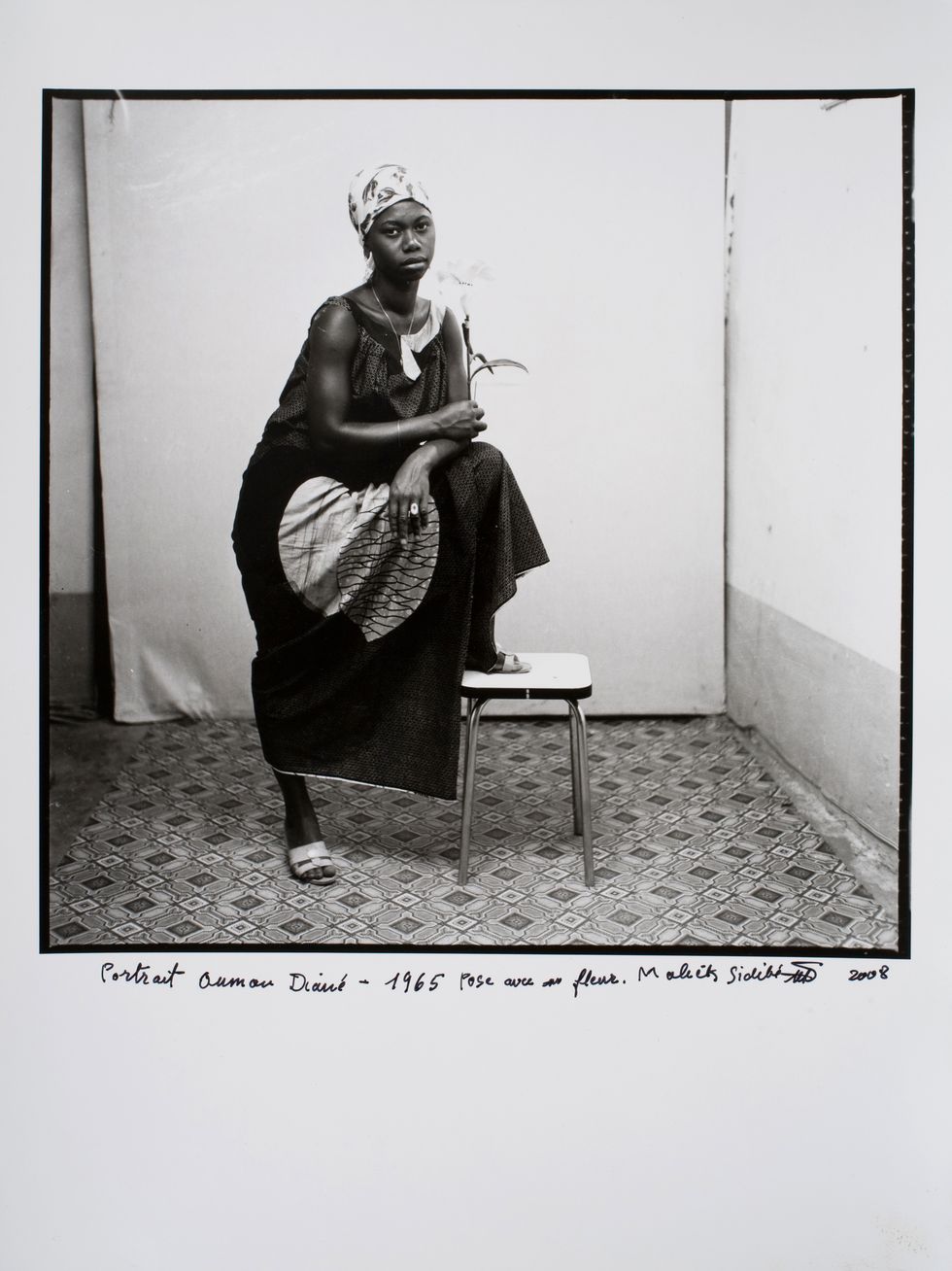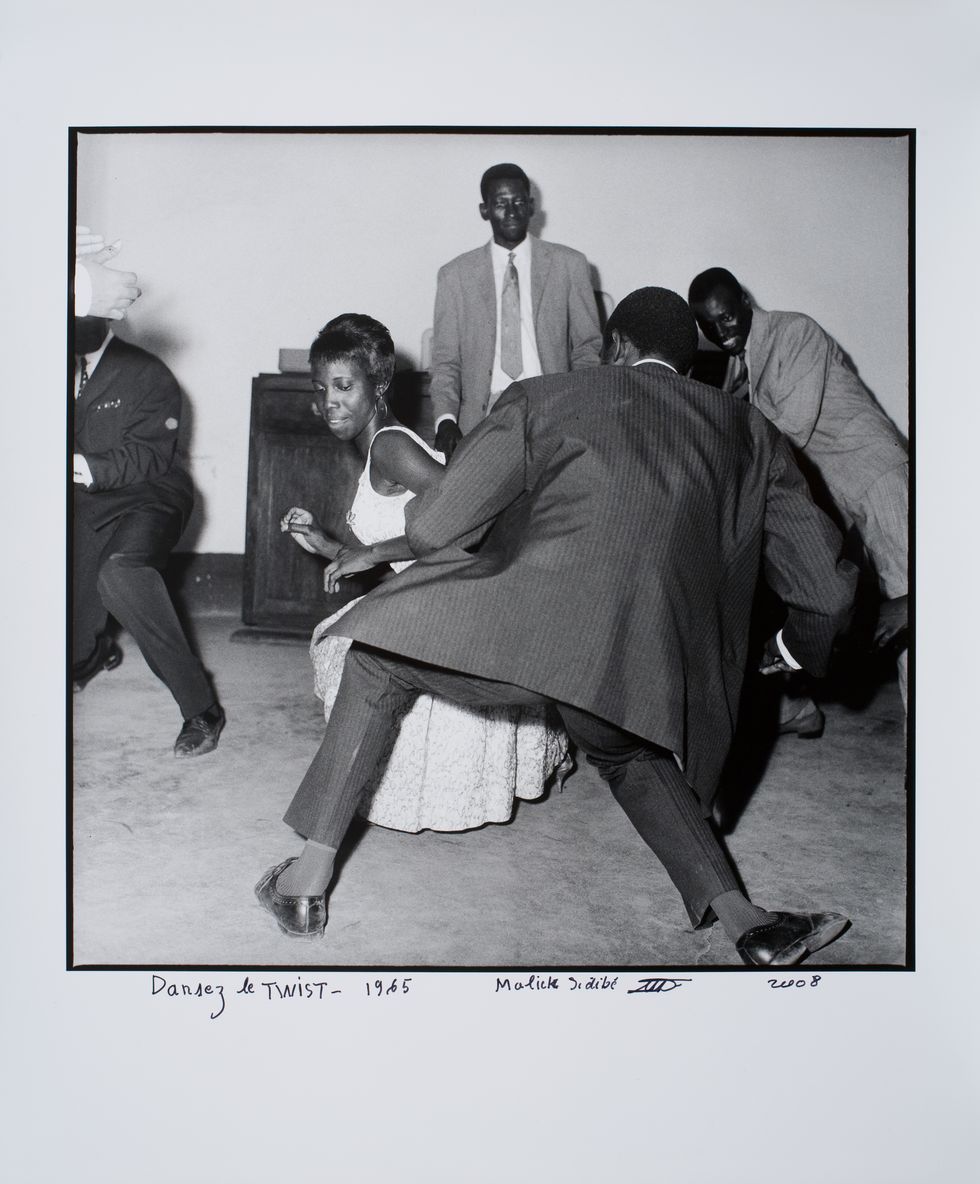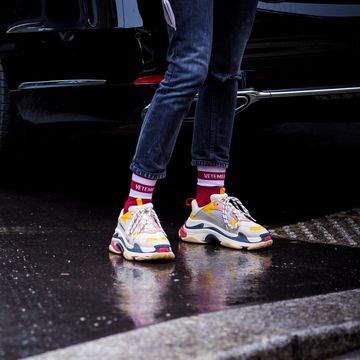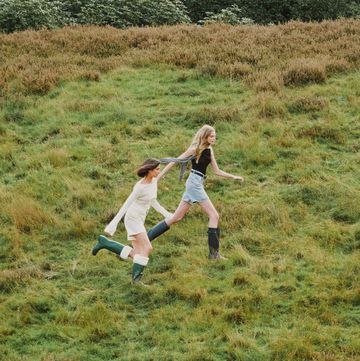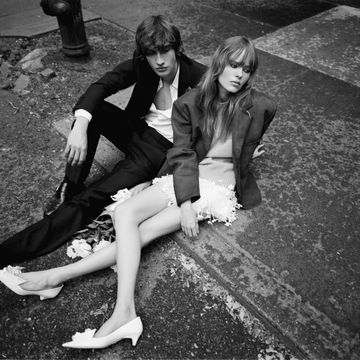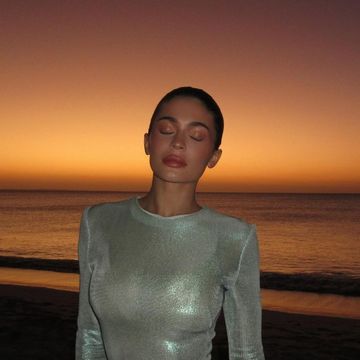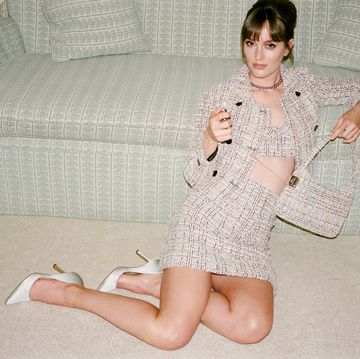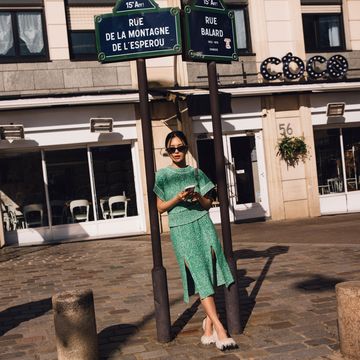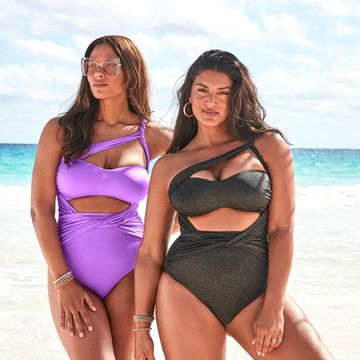As the art and photography communities mourn the passing of Malick Sidibé, the Malian photographer's stirring images of '60s and '70s social life in newly independent Mali are being acknowledged anew for their unique visual and political impact. But Sidibé's impact and influence on the fashion world should not be overlooked.
The industry's fascination with all things '70s shows no sign of letting up (a quick look at the fall 2016 runways reveals platform boots, faux fur chubbies, and the return of high-waisted flared denim), and it's not hard to see echoes of Sidibé's work within the recent collections of several influential designers.
Sidibé pioneered a captivating language of studio portraiture and night club photography that amplified the style and swagger of his subjects. It dared to celebrate their inarguable glamour. Showcasing Blackness as beautiful and cool in the '60s and '70s was more than artistically bold—it was revolutionary.
Sidibé's work chronicled the changing lifestyles of Mali's young and newly liberated. These were Sub-Saharan "hipsters" of the flyest sort, seen in the precise moment that French rule of their nation had been overthrown and ages-old cultural mores regarding men and women socializing during the evening began to relax. While they were dressing to the nines and dancing the night away, Sidibé was there capturing the energy, style, and personality driving it all.
The sartorial hallmarks found within his images (think elephant-leg bell-bottoms, boldly graphic prints and patterns, and skinny ribbed sweaters) appear as though they could have been plucked directly from the runways of Gucci, Stella McCartney, and Grace Wales Bonner.
Whether these specific collections drew direct inspiration from Sidibé's work, we can't venture to guess. But since the '70s have emerged as the decade du jour in and among the fashion pack, Sidibé's groundbreaking images have become mood board staples in design studios around the world.
The music world has long found inspiration in Sidibé's work—which is fitting, since music served as the overarching context for much of his imagery. Music videos like Solange's "Losing You," Maxwell's "Let's Not Play the Game," and (perhaps most iconically) Janet Jackson's "Got Til It's Gone" engage the visual language so thoroughly expressed by Sidibé and his contemporaries Seydou Keïta and Samuel Fosso. In these spaces, brown skin tones, groovy threads, and effortless confidence challenge viewers to no longer see Blackness as determined in relation to whiteness. It is a visual perspective that the fashion industry has begun to explore with greater commitment and thoughtfulness, learning along the way that it can lead to not only beautiful but also commercially viable images.
That said, hopefully fashion media depicting people of African descent doesn't go the way of wide lapels and polyester pantsuits when the trend cycle abandons its '70s flirtation for another era-obsession. Thankfully, it appears that the potential for a broader and more nuanced spectrum of ethnicity to be represented in—and engaged by—fashion imagery is being realized.
